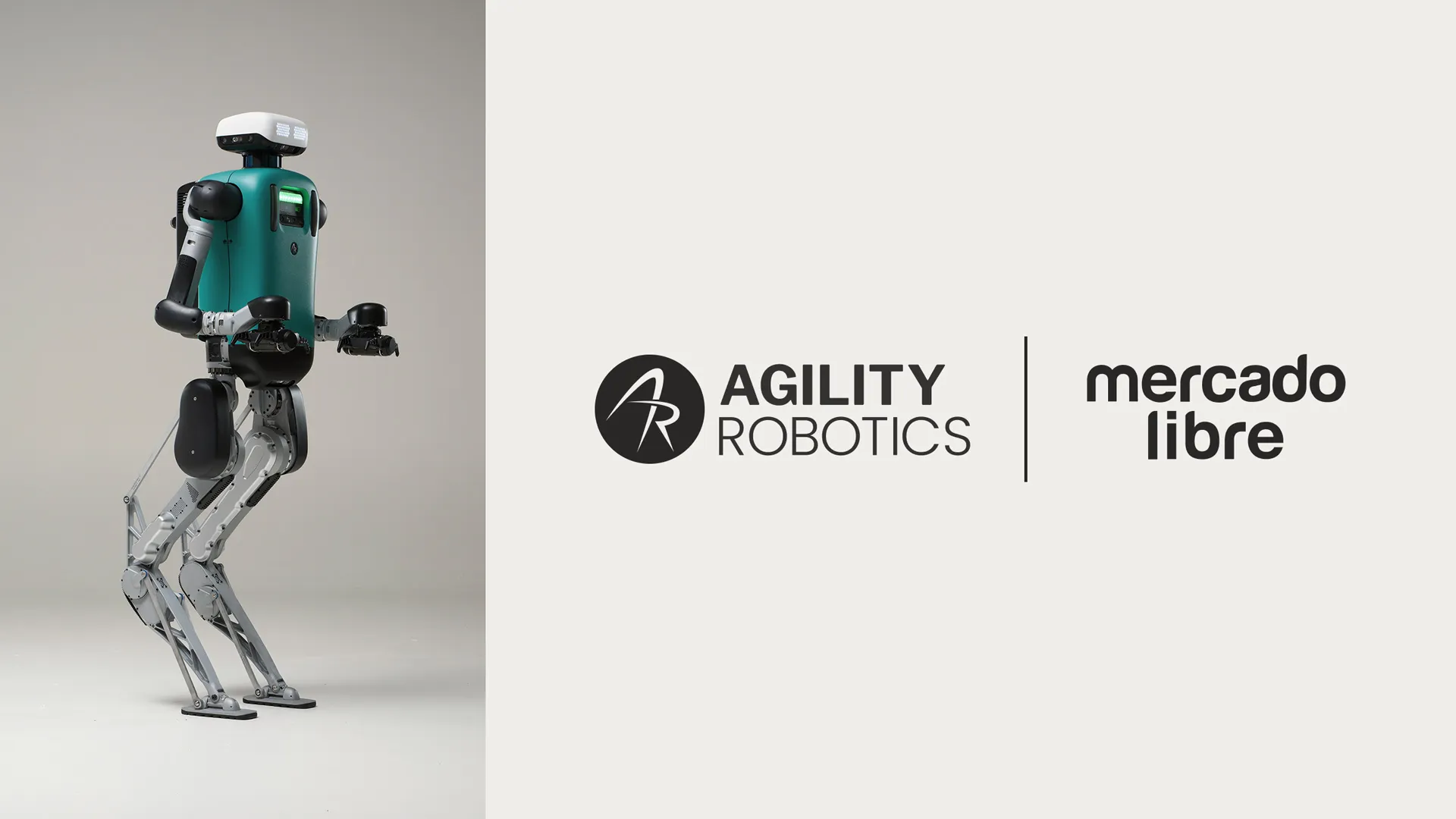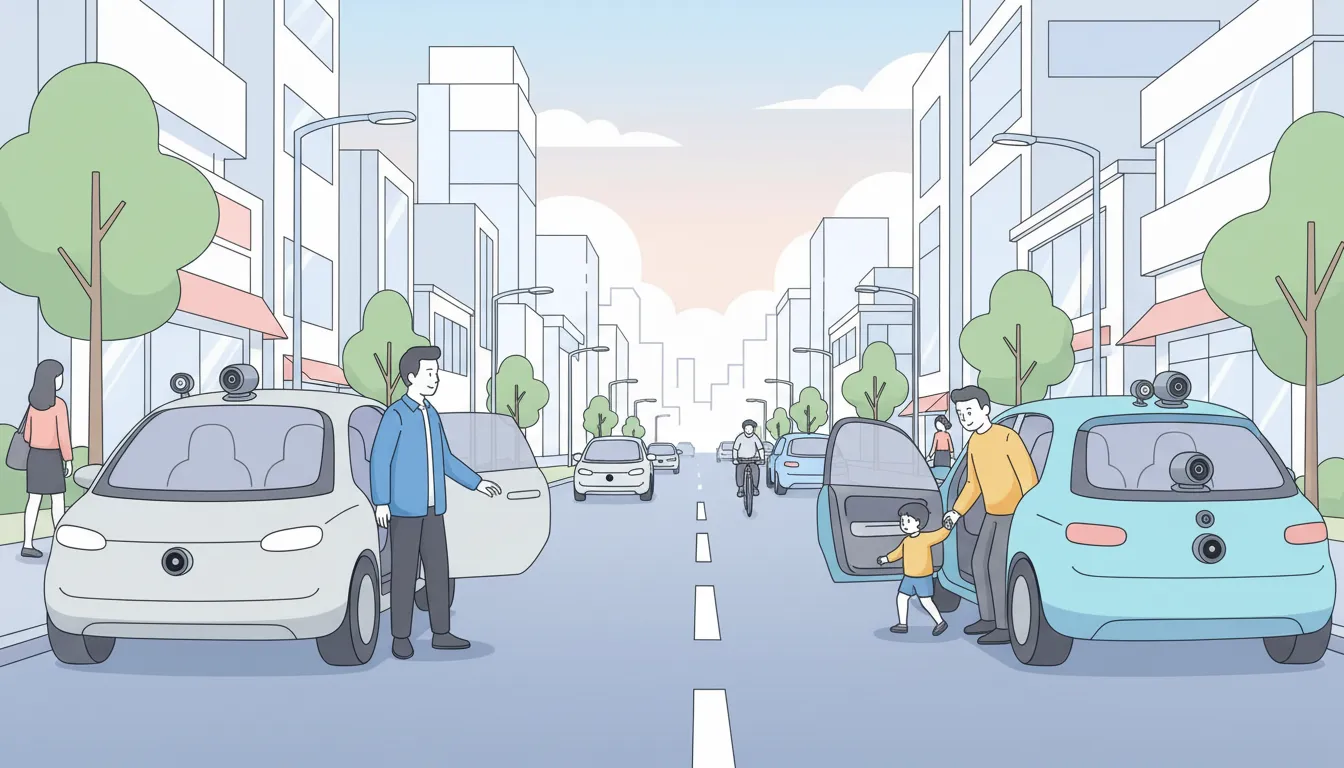- Traditional farming is labor-intensive and unpredictable, relying heavily on manual efforts.
- Hong Hu T70 tractor specifications for precise autonomous farming.
- Agricultural tech improves efficiency, sustainability, and data-driven crop management.
- Challenges include high costs, technical barriers, connectivity needs, and potential job displacement.
- The future of farming is a smart partnership between human expertise and robotic precision.
The New Dawn on the Farm: How Robotics and AI Are Revolutionizing Agriculture
Imagine a vast field under the golden sun, where rows of crops stretch endlessly. Farmers once relied solely on their sweat and intuition to tend these lands—planting, watering, fertilizing, and harvesting by hand or with simple machines. Now, the quiet hum of a robot working methodically among the crops signals a new era. At the heart of this transformation is the Hong Hu T70 tractor (鸿鹄T70电动智能农机), a groundbreaking autonomous machine designed to help farmers work smarter, not harder.

Developed by the Chinese company Hong Hu Technology (鸿鹄科技), the tractor is powered by lithium batteries and driven by a permanent magnet synchronous motor, it incorporates an intelligent electronic control system enabling remote route planning and autonomous operation. During soil cultivation, it collects and feeds back real-time data on soil, crops, and agricultural science. The machine features a multi-motor distributed design with a traction motor for driving and a PTO motor dedicated to powering attachments like rotary tillers and mowers. It offers high precision in rotary, tilling, and plowing operations within ±2.5cm and supports up to 6 hours of battery life on a single charge. The Hong Hu T70 effectively boosts farming efficiency and quality, enabling fully autonomous "plowing, planting, managing, and harvesting" of staple and economic crops throughout their entire growth cycle.
The Traditional Agricultural Cycle: From Seed to Harvest
Before diving into the futuristic world, let's step back to the rhythm of traditional farming. It all starts with soil preparation, where farmers till the land to get it ready. Next comes planting seeds, followed by painstaking care: watering, fertilizing, and protecting crops from diseases and pests. Finally, after months of nurturing, the harvesting season arrives, bringing the fruits of labor. But this cycle, deeply connected to nature’s unpredictable whims, requires immense physical effort and time.
The catch, however, is that this traditional way is labor-intensive, heavily dependent on weather conditions, and susceptible to inefficiencies. Mistakes or delays anywhere in the cycle can significantly affect yields.
Enter Robotics and AI: Farming Gets a Brain
Now, envision the Hong Hu T70 tractor as your tireless farm assistant. Equipped with electric power and smart sensors, it can plow, seed, and even monitor crop health autonomously. By utilizing AI algorithms, it decides the optimal times to work and the precise amount of resources each plant needs. This means less waste, healthier crops, and a boost in productivity without exhausting the farmer.
But the Hong Hu T70 is just one example. Across the world, robotics and AI are breaking ground:
- Unitree G1 Humanoid: These clever machines roam fields to fertilize crops with pinpoint accuracy, reducing the overuse of chemicals and thus protecting the environment.
- John Deere’s Autonomous Tractors: Combining GPS and machine learning, they operate with precision to optimize planting and harvesting.
- Ecorobotix: A robot that targets weeds selectively, cutting down herbicide use and helping organic farmers thrive.
The Bright and Dark Sides of AgTech
Like any revolution, agricultural technology brings benefits and challenges.
Pros:
- Increased Efficiency: Robots work tirelessly, speeding up laborious tasks.
- Sustainability: Precision application of water, fertilizer, and pesticides reduces waste and environmental damage.
- Data-Driven Decisions: AI analyzes soil, weather, and crop health in real-time, enabling smarter farming.
- Labor Shortages Solution: Autonomous machines help fill gaps where fewer people want to farm.
Cons:
- High Initial Cost: Advanced machines and technology require significant investment.
- Technical Barriers: Farmers need training or support to use unfamiliar equipment.
- Dependence on Connectivity: Some AI tools require stable internet or GPS signals, which may be unreliable in remote areas.
- Job Displacement Concerns: Automation could reduce farming jobs, impacting rural communities.
Farming’s Future: Partnership Between Human and Machine
The story of farming is evolving from brute force to brilliance. The Hong Hu T70 tractor and peers like Unitree G1 represent a partnership where human insight and machine precision combine to feed the world more sustainably.
As the sun sets on traditional toil, a smart, green revolution takes root—one where farmers harness the best of technology and nature to cultivate abundance. The field of tomorrow isn’t just plowed by machines but nurtured by intelligence and care, ensuring every seed has the best chance to thrive.






